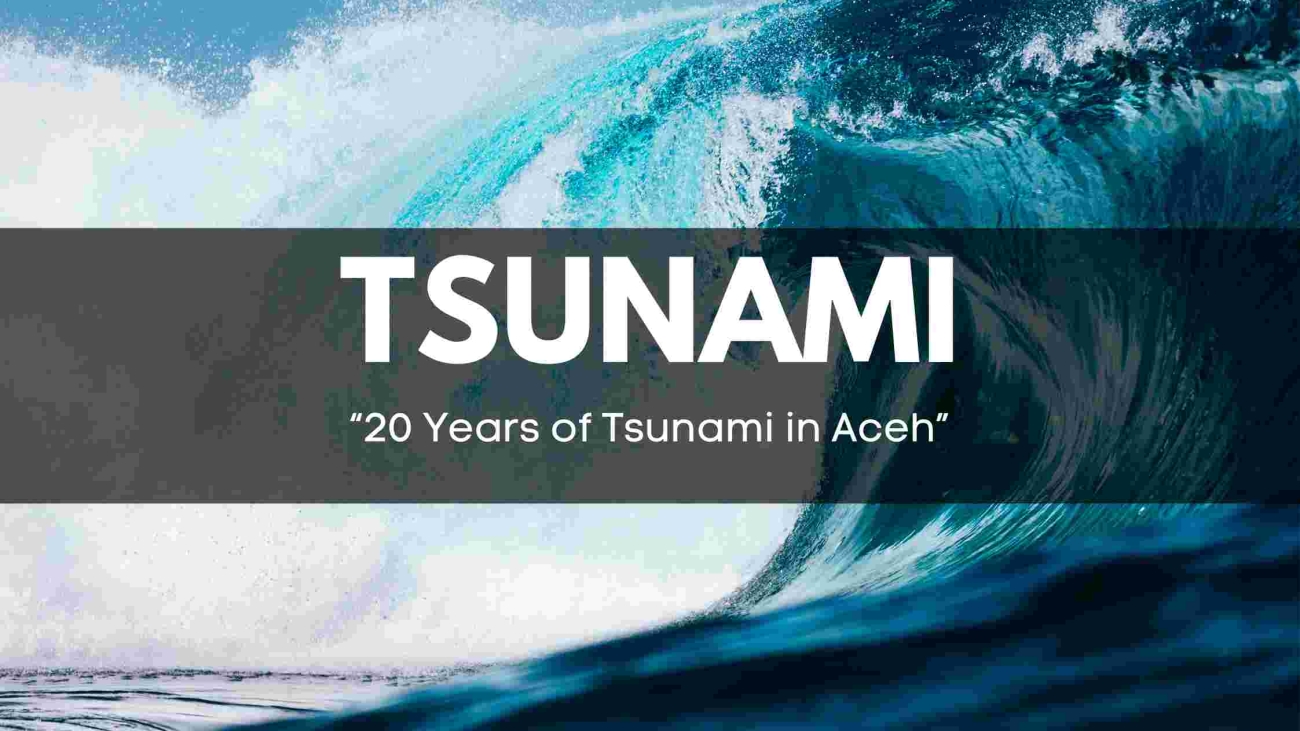Unmuhbarru.ac.id, Bima – The devastating 2004 Indian Ocean tsunami, which struck Aceh, Indonesia, on December 26th, 2004, remains a poignant reminder of the immense power of nature and the importance of preparedness. This catastrophic event, triggered by a massive undersea earthquake, claimed over 170,000 lives in Aceh alone, leaving a trail of destruction that impacted countless families and communities.
In the aftermath of this tragedy, Aceh embarked on a remarkable journey of recovery and resilience. The province has invested heavily in early warning systems, including a network of tsunami detection buoys and sirens, designed to alert coastal communities of impending danger. Furthermore, significant strides have been made in improving building codes and infrastructure, with a focus on constructing more resilient structures capable of withstanding the forces of nature.
The Aceh tsunami served as a stark wake-up call, highlighting the critical need for comprehensive disaster preparedness and mitigation strategies. The province has actively engaged in community-based disaster education programs, empowering local residents with the knowledge and skills to respond effectively during emergencies. Evacuation drills, first aid training, and the establishment of community-based disaster response teams have become integral components of these efforts.
Moreover, Aceh has fostered strong partnerships with international organizations and non-governmental organizations to enhance its disaster management capabilities. These collaborations have facilitated the sharing of best practices, the transfer of technology, and the development of sustainable disaster risk reduction programs.
Looking ahead, Aceh continues to face ongoing challenges, including the threat of future tsunamis and other natural hazards. The province recognizes the importance of sustained efforts in disaster risk reduction, including continuous improvement of early warning systems, strengthening of building codes, and ongoing community-based education and preparedness programs.
By embracing a culture of preparedness and resilience, Aceh strives to minimize the impact of future disasters and ensure the safety and well-being of its people. The legacy of the 2004 tsunami serves as a powerful reminder of the importance of learning from the past, adapting to the challenges of the present, and building a more resilient future for all.
The 2004 Aceh tsunami serves as a poignant reminder of the devastating consequences of natural disasters and the importance of preparedness. The resilience displayed by the Acehnese people in the face of immense adversity is a testament to the human spirit’s ability to overcome even the most challenging circumstances.
Through their collective efforts in rebuilding their communities and implementing robust disaster mitigation strategies, the people of Aceh have demonstrated a commitment to ensuring that future generations are better equipped to face the challenges posed by natural hazards.
The legacy of the Aceh tsunami extends far beyond the shores of Indonesia, serving as a global catalyst for improved disaster preparedness and response efforts. The lessons learned from this tragedy have informed the development of early warning systems, the strengthening of building codes, and the implementation of community-based disaster risk reduction programs worldwide.
As the world continues to grapple with the increasing frequency and intensity of natural disasters, the experiences of Aceh stand as a powerful reminder of the critical importance of investing in preparedness, fostering resilience, and working together to build a safer and more sustainable future for all.

